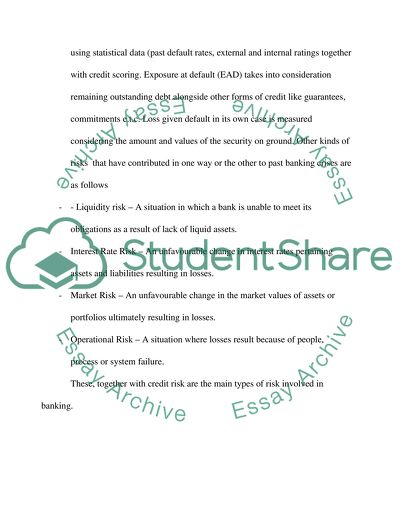Cite this document
(Risk Management in Banking Assignment Example | Topics and Well Written Essays - 1500 words, n.d.)
Risk Management in Banking Assignment Example | Topics and Well Written Essays - 1500 words. Retrieved from https://studentshare.org/macro-microeconomics/1523482-international-banking
Risk Management in Banking Assignment Example | Topics and Well Written Essays - 1500 words. Retrieved from https://studentshare.org/macro-microeconomics/1523482-international-banking
(Risk Management in Banking Assignment Example | Topics and Well Written Essays - 1500 Words)
Risk Management in Banking Assignment Example | Topics and Well Written Essays - 1500 Words. https://studentshare.org/macro-microeconomics/1523482-international-banking.
Risk Management in Banking Assignment Example | Topics and Well Written Essays - 1500 Words. https://studentshare.org/macro-microeconomics/1523482-international-banking.
“Risk Management in Banking Assignment Example | Topics and Well Written Essays - 1500 Words”, n.d. https://studentshare.org/macro-microeconomics/1523482-international-banking.


